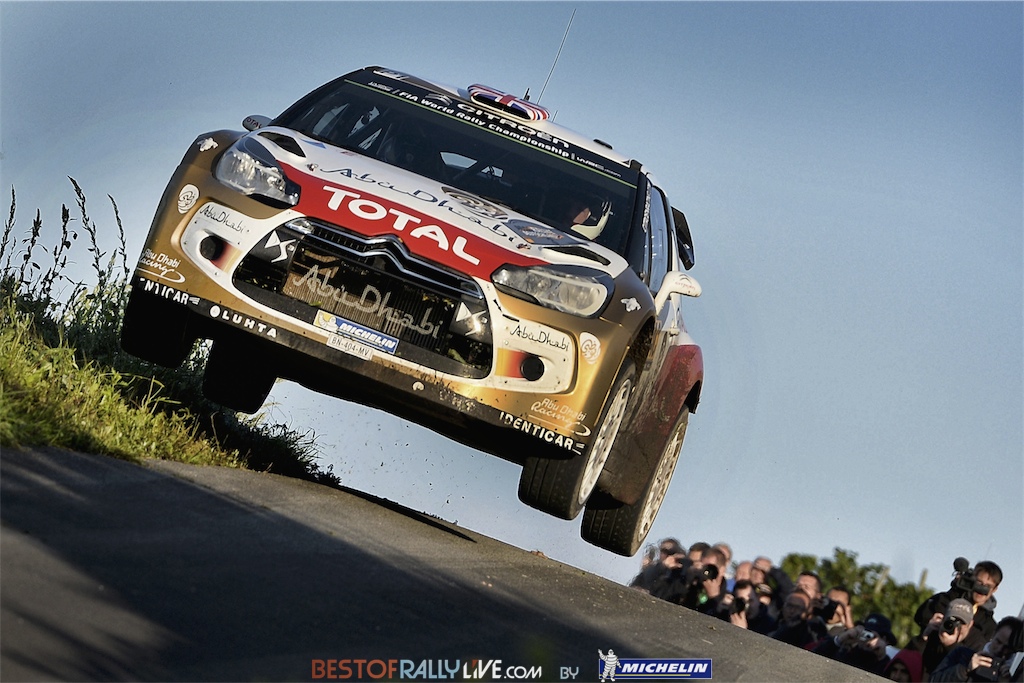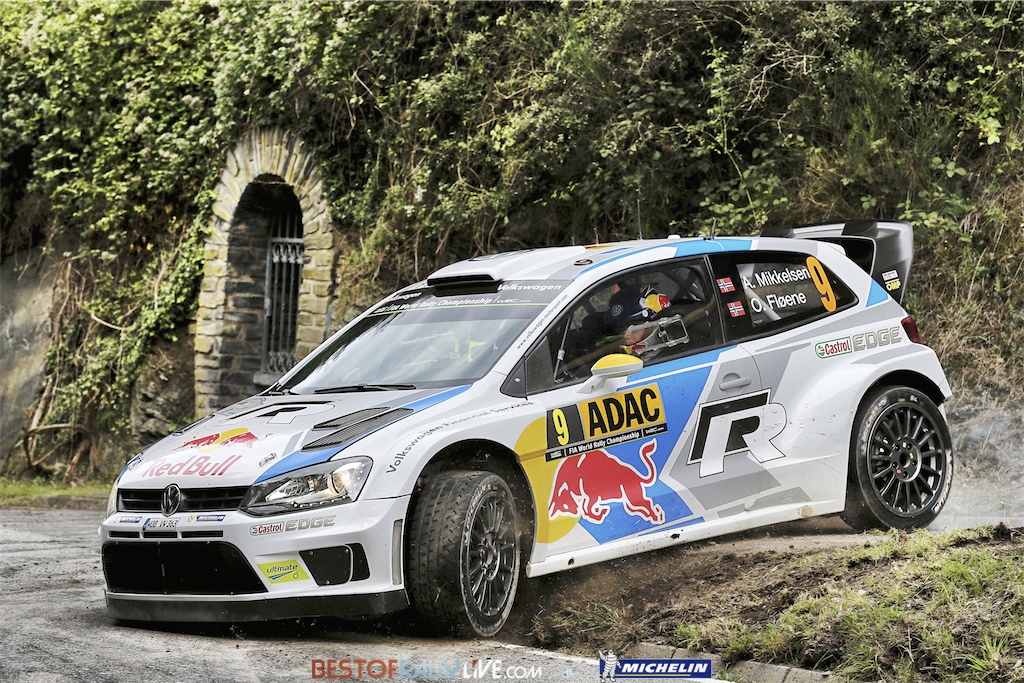En décrochant sur ses terres son huitième titre mondial outdoor, Toni Bou (Montesa Michelin) entre dans la légende de son sport en devenant le premier pilote à obtenir autant de titres. Il fait mieux que Jordi Tarres et Dougie Lampkin, tous deux titrés à sept reprises.
Retrouvant ses bonnes habitudes à l’occasion de ce Grand Prix d’Espagne, Toni Bou a été littéralement imbattable et a porté un coup au moral de ses adversaires en les dominant dès la première des deux journées.
En s’intercalant entre Toni et Adam Raga (Gas Gas) son dernier rival pour le titre, Albert Cabestany (Sherco Michelin) avait fait les affaires du leader du Mondial, qui s’imposait avec vingt huit points de moins que ses rivaux groupés eux en quatre petits points !
Cabestany devançait Raga d’un point, ce dernier devançant Jeroni Fajardo (Beta Michelin) d’un point et Takahisa Fujinami (Montesa Michelin) de deux. Si les scores étaient beaucoup moins importants dimanche, Bou allait une fois encore dominer la situation, s’imposant avec quatorze points d’avance sur Raga et vingt cinq sur Fajardo. Victorieux de sept des douze journées de course cette saison, Bou clôt son championnat avec quinze points d’avance sur Raga.
Toni Bou: « Samedi fut la journée clé. Décrocher aujourd’hui mon huitième titre est une joie immense pour moi, je ne peux rien demander de plus! J’ai roulé différemment aujourd’hui, et j’ai pu à la fois me concentrer pour apprécier la course et la gagner. Le premier titre est toujours le meilleur, parce qu’on est champion du Monde et qu’on ne sait pas si on pourra le devenir une autre fois. Mais ce huitième titre est vraiment spécial, car mes adversaires m’ont mis la pression tout au long de la saison. »
Classement de l’épreuve :
Premier jour : 1.Bou (ESP, Montesa Michelin); 2.Cabestany (ESP, Sherco Michelin); 3.Raga (ESP, Gas Gas); 4.Fajardo (ESP, Beta Michelin); 5.Fujinami (JAP, Montesa Michelin); etc…
Second jour : 1.Bou; 2.Raga; 3.Fajardo; 4.Cabestany; 5.Fujinami; etc…
Positions au championnat : 1.Bou, 225; 2.Raga, 210; 3.Cabestany, 163; 4.Fajardo, 154; 5.Fujinami, 145; etc…
Claiming this weekend on his home soil his eighth Trial World Title, Toni Bou (Montesa Michelin) entered in the legend of his sport, as he became the first rider to be so successful. He did better that Jordi Tarres and Dougie Lampkin, both crowned seven times.
Back in his native Spain, Toni Bou was also back to his former habits and was unbeatable in this last GP of the season. In the first of the two days event, he destroyed the mental of his rivals as he beats them easily and got the support of Albert Cabestany (Sherco Michelin), who finished second and beats Bou’s last rival for the title, Adam Raga (Gas Gas).
If Bou beats his rivals by twenty eight marks, his rivals were closer than ever as Cabestany beats Raga by one mark, Jeroni Fajardo (Beta Michelin) by two marks and Takahisa Fujinami (Montesa Michelin) by three marks. On Sunday the scores were not so important but Bou remains unbeatable as he beats Raga by fourteen marks. Winner of seven of the twelve days this season, Bou ended the season with an advantage of fifteen points over Raga in the series.
Toni Bou: « Yesterday was the key day. Today being able to win the eighth title has been an immense joy for me. I couldn’t ask for anything more! Today, I rode in a different way and was able to concentrate on both enjoying the race and winning it.
The first title is always the best, because you are the world champion and you don’t know if you are going to be able to repeat it. But this eighth title is very special, because my rival really put me up against it all season.”


















